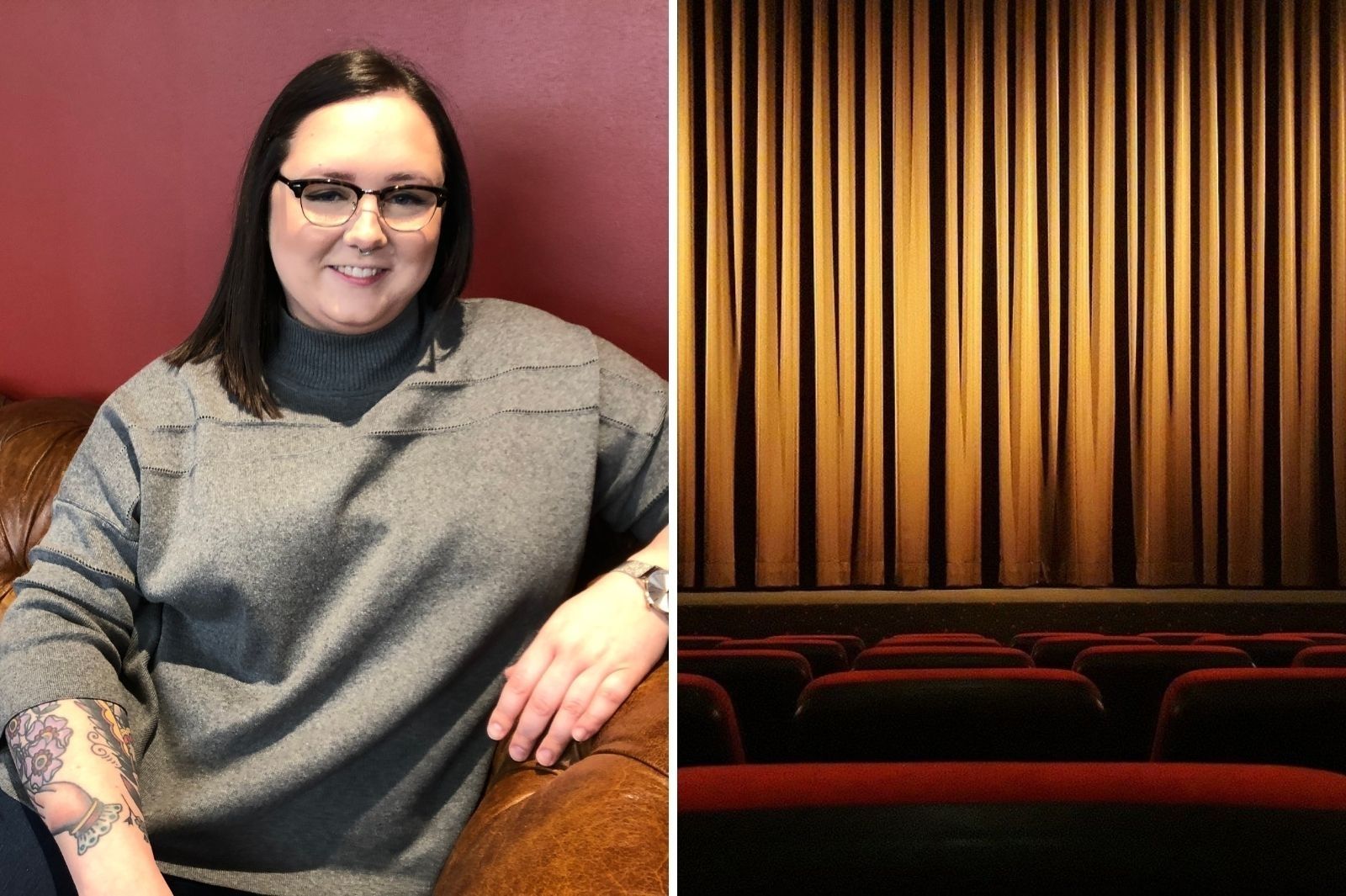In review: Thoughts about women’s tattoos in film
Date 29.11.2021
29.11.2021
Senior Lecturer in Psychology Dr Charlotte Dann is an expert about how women – and wider society – see and form opinions about women’s bodies. Her research specifically focuses on women’s tattoos and she has just published a book about this.
Here, she casts a critical eye over three popular movies that feature female characters with tattoos. She writes about what the films are telling us about ‘inked’ women and their identities.
Black Swan (2020)
Synopsis: Committed dancer Nina (Natalie Portman) struggles to maintain her sanity after winning the lead role in a production of Tchaikovsky’s Swan Lake.
With Black Swan, though the tattoo does not feature as a prominent part of the story, it does exactly what tattoos do – it communicates something to the audience without words.
Fellow dancer, the ambitious Lily (played by Mila Kunis) is presented in stark contrast to Nina – not in her dancing ability, which they both clearly have – but in their demeanour, which tells us so much.
With Nina, it is all about the pursuit of perfection, the ballerina bun, the wrapped feet and shoes, it is following the rules of the ballet world to a tee.
Lily on the other hand, represents rebellion. It is not likely that you would see a tattooed ballerina like her as the ballet world is wrapped up in perfection, and tattoos most definitely represent the antithesis of this. In addition, the tattoo itself is not small – it covers her back – so it does not exactly fit to a stereotypical feminine tattoo. We should however note, in bringing this back to tattoo research, that the tattoo on the back is still at least coverable for the most part, it is something that can be exposed when the wearer wants to and covered when appropriate (however you might define appropriate).
Birds of Prey: And the Fantabulous Emancipation of One Harley Quinn (2020)
Synopsis: After splitting with her partner in crime the Joker, Harley Quinn (Margot Robbie) joins superheroines Black Canary, Huntress and Renee Montoya to save a young girl from an evil crime lord.
Though the tattoo on Lily in Black Swan is big and signifies a sense of rebellion and being a bit of a ‘bad girl’, in Birds of Prey the ‘bad girl’ theme of the film is cemented through tattoo imagery. Focusing specifically on the character of Harley Quinn, firstly, the tattoos on her face are the primary indicator that she is bad.
Through the vast majority of tattoo research, the number one body location that people are against having or seeing a tattoo is on the face. This has the strongest links to criminality, given past research that suggests criminals and those involved in illegal or bad activities are likely to be those who have tattoos on the face. As Harley Quinn is a criminal and a bad person, the tattoos very much fit in with this aesthetic. However, as the theme of the film is that she’s a bad girl ultimately with a good heart, you can see this reflected in the imagery. For example, the facial tattoos are hearts rather than something more masculine or scary, like skulls.
Pivotally for the theme of the film also – Harley Quinn taking agency of her own life – there is a scene early on where she tattoos herself. If we take this out of the film context, this is not something many people would do. Tattooing generally is a process involving the person to be tattooed and the tattoo artist. There are levels of agency to this (the person to be tattooed might have selected their design), but generally their body is still passive, at the hands of the tattoo artist. In this instance Harley is her own tattoo artist, she is agentic and active in this decision.
Wanted (2008)
Synopsis: Frustrated office worker Wesley (James McAvoy) discovers he is the son of a professional assassin and shares his father’s killing abilities.
The representation of the ‘bad girl’ also plays into the final film included here – Wanted – where Angelina Jolie plays the character of Fox, an assassin. Similar to Harley Quinn, she is obviously a bad person, as a hire-to-kill. To cement this imagery, tattoos are used, including tattoos on the hand a visible location on the body.
Tattoos also serve as an element of mystery for a woman, and we get a small glimpse of Fox’s back story, but not much about her stylistic fighting and driving skills (the tattoos add to the allure). What is interesting in her story though, is that we have an element of branding included as well as the tattoos being a part of her character. A snippet of backstory for her includes a brand she was given by a criminal, and this is imprinted on her neck. The branding is interesting because whilst some might put branding and tattooing together as both changing the skin, adding embellishment, it is clear from the distinction between the two that the branding was done against her will, and the tattoos are more likely to be a choice she made.
Bringing this back to the research, especially in the case of survivors or abuse, tattoos can represent a sense of agency being reclaimed over the body, allowing the wearer to create their narrative.
Conclusion
These three films are not alone in exploring these themes, and there is a reason for this. The stereotypical view of tattoos in society is not entirely positive, especially for women. The way they add to the characters in these films is not an unknown to the audience – they understand tattoos are not always viewed positively, that they usually come with a story, and that they usually represent something not-entirely-good.